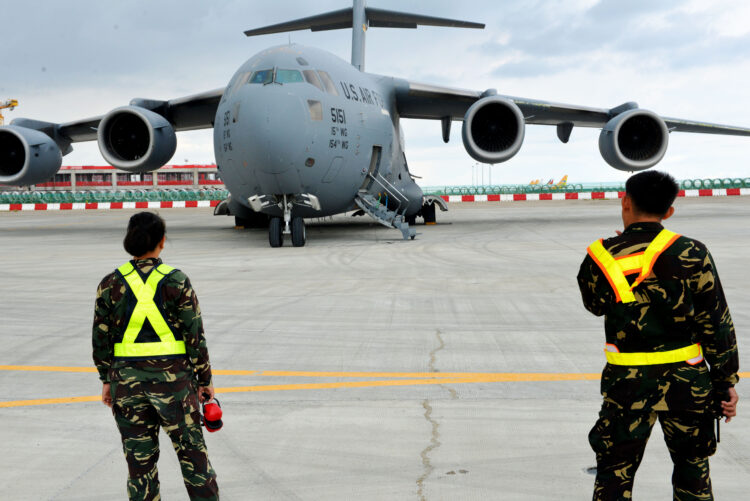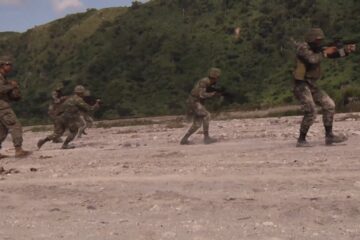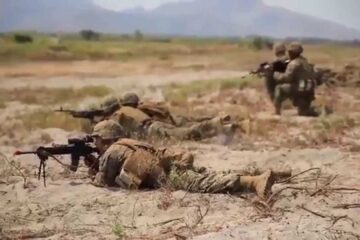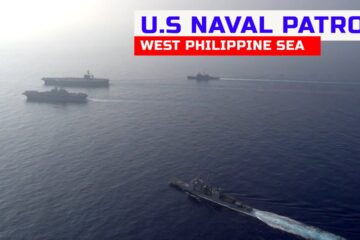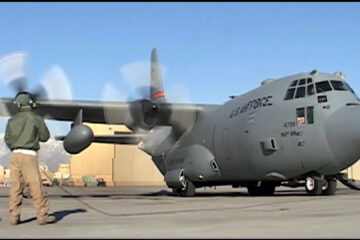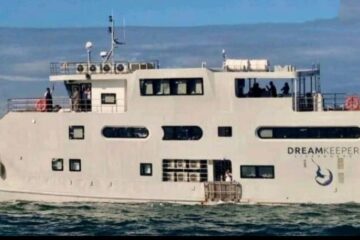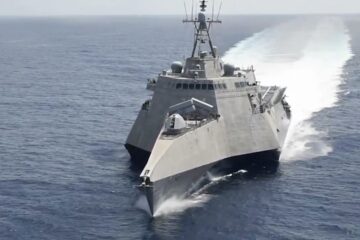The Air Contingent is helping build the capacity of the Philippine Air Force and increases joint training, promotes interoperability and provides greater and more transparent air and maritime situational awareness to ensure safety for military and civilian activities in international waters and airspace. Its missions include air and maritime domain awareness, personnel recovery, combating piracy, and assuring access to the air and maritime domains in accordance with international law.
The deployment of the air contingent detachment is another example of how the United States and the Philippines are committed to maintaining credible combat power throughout the Indo-Asia-Pacific region while the U.S. continues to work closely with the Philippines and our network of partner nations. This is just one way we are exercising continued presence and demonstrating our commitment to our partners and allies in the region. As part of the engagement, U.S. experts in mass casualty response from across the Department of Defense will exchange ideas and techniques with their Filipino counterparts in the critical skills of triaging, staging, treating and transporting victims of a mass casualty event, a critical skill in an area of the world long-affected by disasters of various size and scope.
“Thirty years ago, if a mass casualty event struck the Philippines, the U.S. military would’ve been called upon to assist in any number of ways,” said U.S. Navy Rear Adm. Brian Pecha, U.S. Pacific Command surgeon general. “Now, [the Filipinos]… may need our assistance with airlift and some logistics, but we can have a true subject matter exchange in which they share lessons learned from previous disasters and we’re able to share with them lessons learned from recent operations in Iraq and Afghanistan.”
Armed Forces of Philippines Brig. Gen. Mariano Mejia, AFP surgeon general, noted that preparedness is key in this situation.
“Our partnership with the U.S. and civilian sectors is very important,” Mejia said. “We should have awareness, innovations, and policies in place for all stakeholders. With close cooperation, we know each of our contributions and also the capabilities of the civilian sectors in the event of a disaster.”
The relationship between the U.S. military and both civic and military leaders throughout the Philippines is marked by a long tradition of cooperation.
According to Filipino officials, there is never a bad time to prepare for the next disaster.
“This training is very timely,” said Mejia. We have all the disasters of the world right here: typhoons, tsunamis, earthquakes, all of them, so we need partners like the U.S. both before and after the disaster so we can be prepared.”
“There is an old saying, ‘In a crisis, you don’t rise to the level of expectations, you fall to the level of your training,’” said Pecha. “It takes continual training to be able to work effectively amongst the different organizations.”
Air Contingent proves U.S. committment to Philippines, by Capt. Mark Lazane
